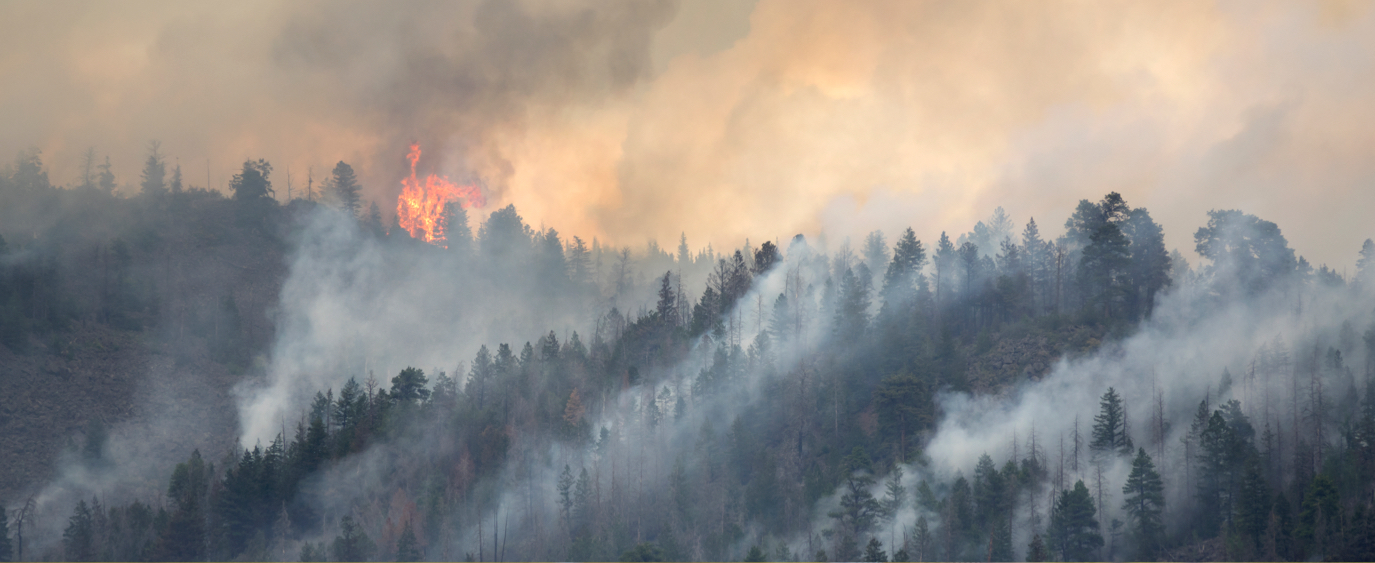Jan 14, 2019
PG&E in Flames: Can a Public Utility Go Bankrupt?
Pacific Gas and Electric faces billions in liability charges for its role in the California fires.

Pacific Gas and Electric Company, the largest public utility in California, will file for bankruptcy protection, according to reports.
PG&E, as the utility is known, provides electricity and gas to 16 million people in northern and central California. It employs 20,000 people.
What happened?
PG&E reportedly faces about $30 billion in liability charges for its alleged role in the 2017 and 2018 fires in California. Fires in 2018 alone caused an estimated $9 billion of damages in the state, including the deaths of 88 people and the destruction of 20,000 structures.
PG&E reportedly disclosed that some of its equipment may have malfunctioned in November 2018 near the site of the Camp Fire, the deadliest and most destructive blaze in California history.
Fire investigators claim that power lines maintained by PG&E came in contact with trees, potentially causing as many as 18 of the 21 fires that California experienced in 2017 and 2018, according to reports. A broken power transmission tower, and bullet holes in a power pole may also have contributed to the Camp Fire.
In response to the news, the company’s stock fell about 50% in morning trading, according to CNBC. The company’s chief executive officer, Geisha Williams, also stepped down.
What’s a utility?
Utilities are corporations that provide important services that keep the modern world working. These services include water, electricity, telephone service, gas, or sewer infrastructure.
Utilities can be either publicly or privately owned, but because everyone needs access to the services they offer, they are heavily regulated by either state or federal authorities.
Wait, what’s bankruptcy?
Businesses file for bankruptcy to protect themselves from creditors, which are entities or people that have loaned them money. They typically go through a court-mediated process, called Chapter 11, that allows them to reorganize and round up financing to continue operations, as well as discharge some of their debts.
PG&E will file for Chapter 11 protection, which could allow it to continue operating.











